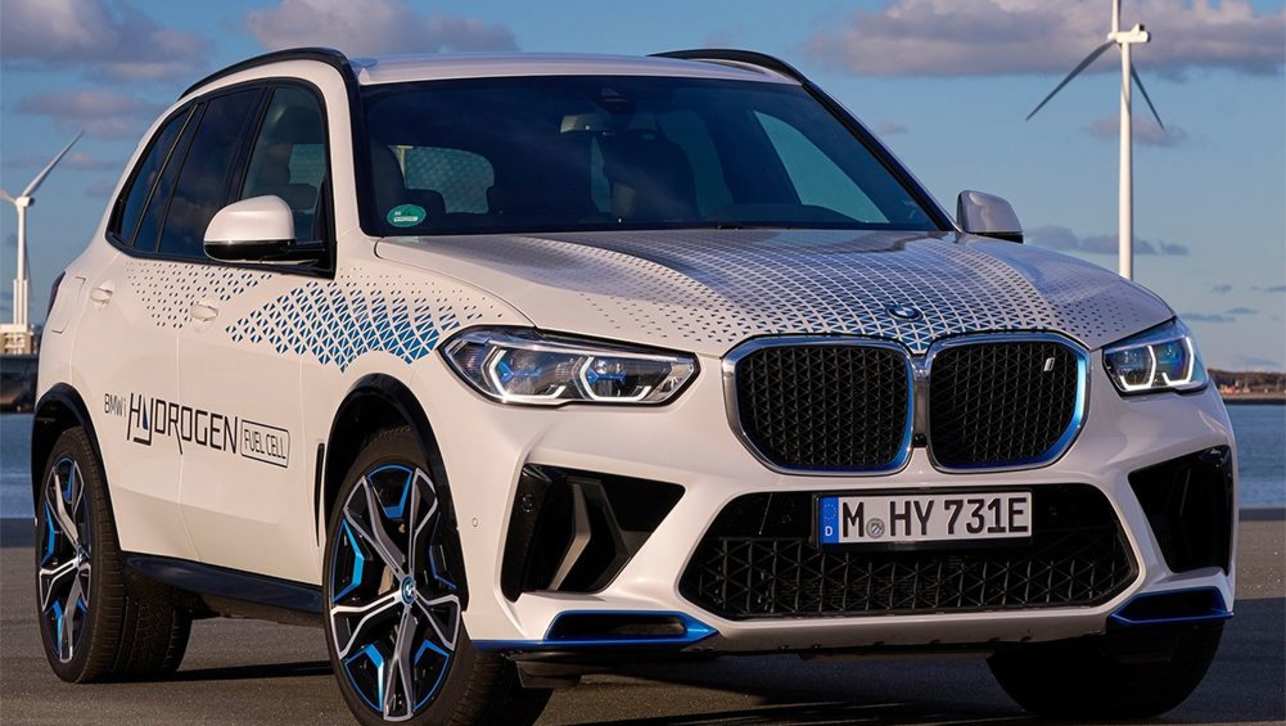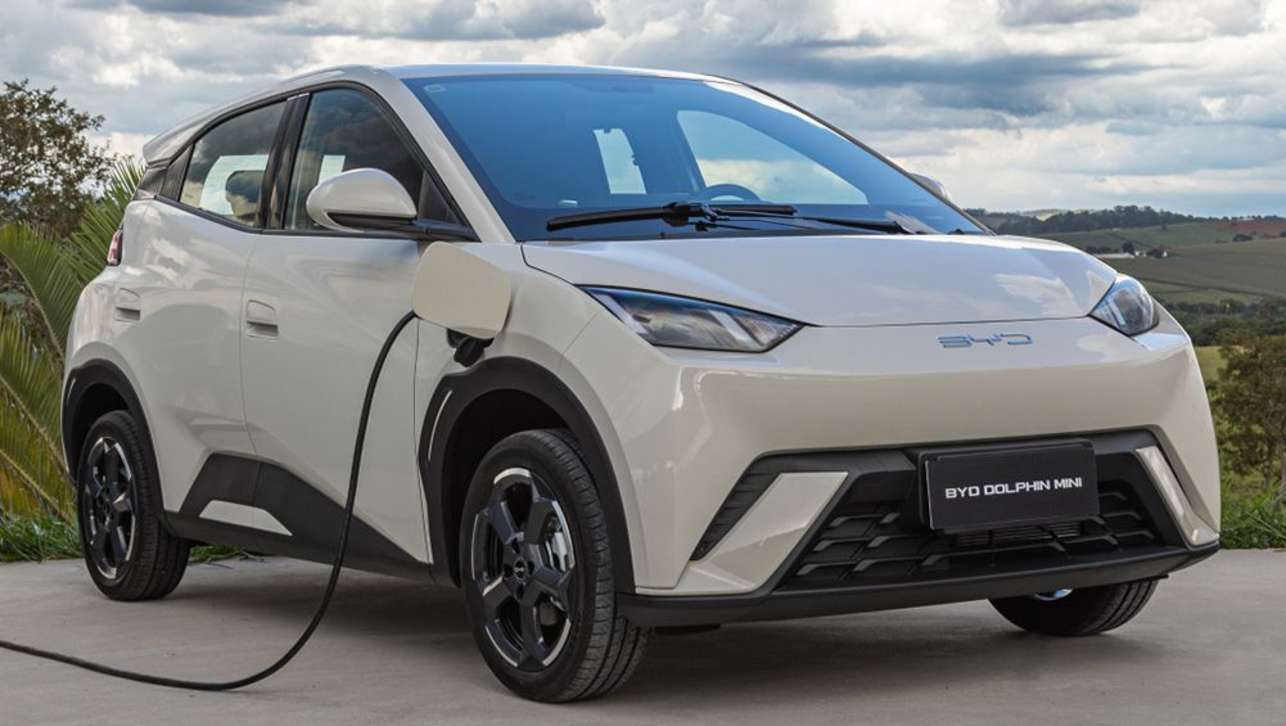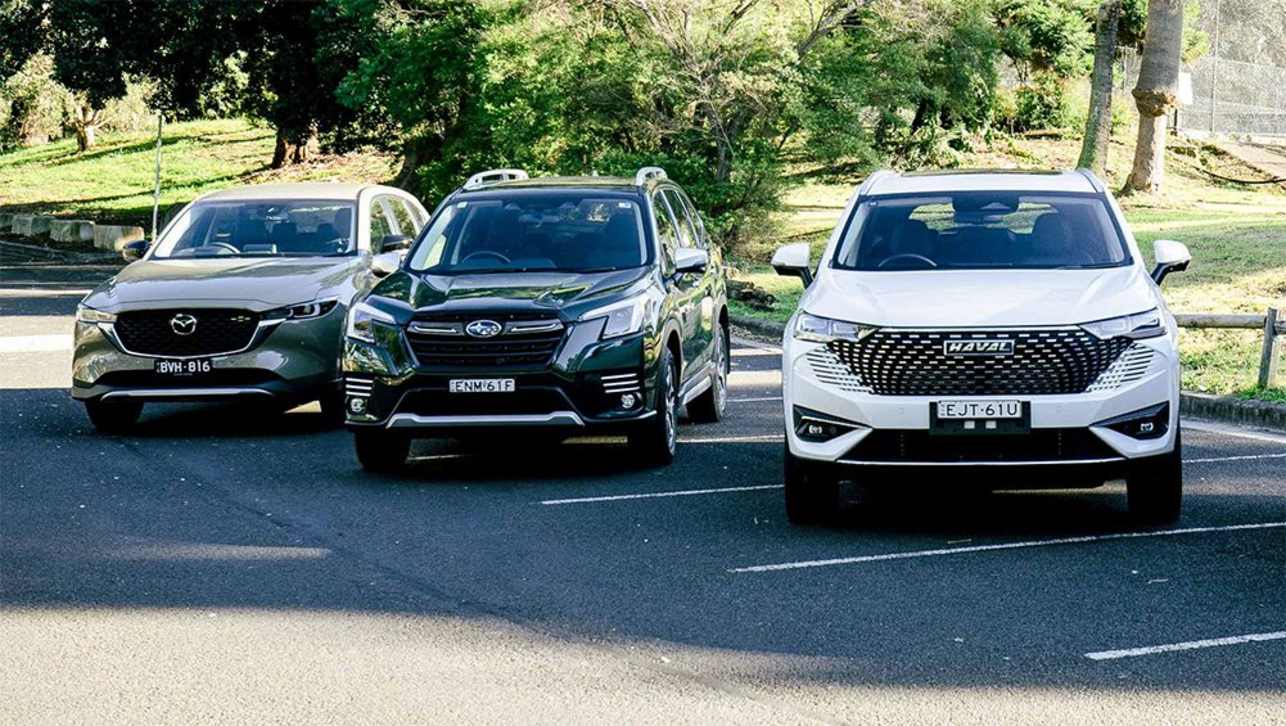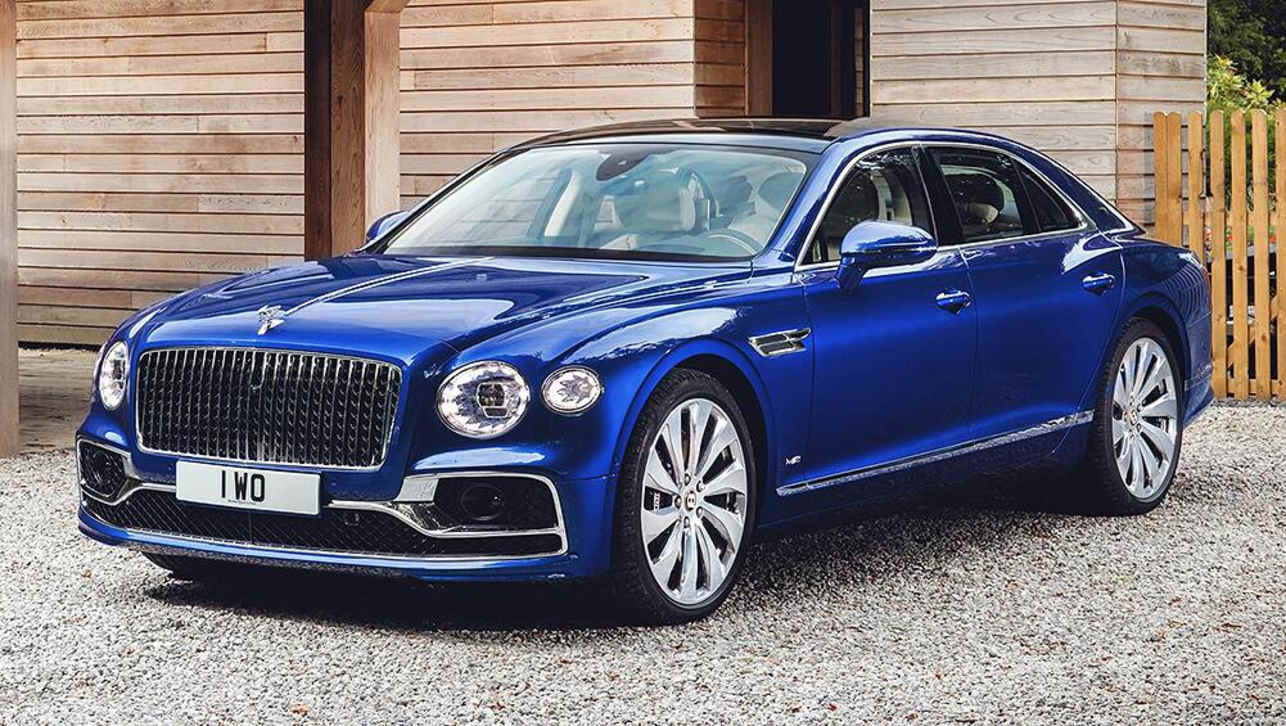BMW has announced that a small fleet of hydrogen fuel-cell electric vehicles (FCEVs) will be brought to Australia next year.
Due in the first half of 2024, three iX5 Hydrogen prototypes will land in Melbourne for a six-month tour of the country, as part of BMW’s global test program that will also see them complete visits to regions running the entire spectrum of climate and geographic experiences.
According to BMW Group Australia Product and Business Communications Manager, Nick Raman, the aim is to highlight the German brand’s FCEV intentions as a medium-term – rather than long-term – goal.
“We are always interested in advanced technology solutions that can benefit our customers,” he told CarsGuide this week. “With the right conditions, hydrogen fuel-cell technology has the potential to become a further pillar in the BMW Group’s drivetrain portfolio for local CO2-free mobility.”
BMW says the fleet will preview the planned production hydrogen FCEV technology that will be made available as an option on the still-secret next-generation X5, which is expected in Australia by 2027. Among other advancements, it is said to ride on the company’s coming sixth-generation ‘eDrive’ architecture that underpins the impressive Neue Klasse Vision Concept.

As part of their Australian tour, BMW is also keen to educate and demystify the hydrogen FCEV to as broad an audience as possible, including from a safety, accessibility and practicality point of view by demonstrating its potential in a familiar and desirable package – something which the X5 large SUV readily allows.
“We plan to showcase the cars and technology to our staff, the media, government officials and students,” Raman added. “The aim is to put the spotlight on the everyday usability of hydrogen-powered vehicles in a country where hydrogen has the potential to play a key role in fulfilling future renewable energy requirements.”
Along with emitting just water, the 295kW iX5 Hydrogen FCEV at about 2450kg weighs significantly less than what an X5 battery electric vehicle (BEV) equivalent would, needs only three to four minutes to refill the tanks compared to hours or even days depending on charging capacity, offers up to 504km of range and suffers no packaging compromises compared to an X5 with a regular internal combustion engine.
But are Australians ready for a hydrogen economy?

During a private showing of the iX5 Hydrogen in Munich earlier this month, BMW Group General Manager of Program Hydrogen, Jurgen Goldner, told Australian journalists that there is still a great deal that the general public does not really know about or understand the advantages of hydrogen FCEVs.
“A hydrogen car is an EV, just the energy storage is different,” he said.
“A hydrogen car is cleaner and safer than using petrol, and only takes a few minutes to refuel… this means people can use an FCEV like a petrol car (without disrupting their routines or taking up too much time).
“Additionally, an FCEV’s environmental footprint during its full lifecycle is less than a battery EV (BEV), due to it having a 90 per cent smaller battery. And an FCEV requires over 100kg fewer raw materials than a BEV.”
Goldner added that FCEVs make a lot of sense for people who are inner-city dwellers, spend a lot of time driving long distances, live in regions with extreme weather or own a trailer or caravan.
“Hydrogen is great for customers who do not have convenient access to e-charging (such as those who live in apartment buildings and cannot park their vehicles nearby),” he said.

“It is also ideal for customers who require high flexibility, or travel frequently, or are in cold climates, or who tow a lot.”
As BEV uptake multiplies, Goldner believes that unless they accommodate hydrogen as well, governments will face massive scaling-up costs associated with the rollout of sufficient charging stations, and that these will only escalate over time to the point where the equivalent hydrogen infrastructure will be demonstrably more cost-effective.
“EV infrastructure becomes more expensive the more BEVs that need to be served,” he said.
Goldner is confident that the growing adoption of hydrogen FCEV in larger commercial vehicles (CV) like trucks, buses and delivery vans is already prompting positive discussions around proper hydrogen infrastructure rollout.
“Now there is an EU regulation that mandates electric and hydrogen fuelling stations along all major road routes and towns over 100,000 inhabitants,” he said.
“This will provide a base network to serve customers… and will be driven by the CV sector.
"BEVs and FCEVs complement each other. The heavier the vehicle the more sense hydrogen makes... and distances of over 300km makes hydrogen more viable.

"Hydrogen can be transported by ship or pipeline; this can be cheaper than electricity if the distance is over 1000km... and hydrogen can use the existing natural gas pipeline network.”
Even though there are over 50 FCEVs on our roads (most are the Toyota Mirai and Hyundai Nexo as per ongoing fleet trials), Australia has a long way to go with hydrogen infrastructure.
According to a report released by the CSIRO in August, 2023, just five filling stations are currently available nationally, though some 20 more are planned or are under construction for heavy industry.











.jpg)



.jpg)
.jpg)
.jpg)


.jpg)
.jpg)

.jpg)
.jpg)
.jpg)
.jpg)



.jpg)
Comments